Overlooking the tranquil waters of the Loire River, the majestic silhouette of Château d’Amboise keeps guard over the large valley below. Château d’Amboise was the place of residence for the kings of France for over 400 years, so its destiny is inextricably linked to the history of France.
The first thing that strikes you about Chateau d’Amboise is its austere look. Compared to other Loire Valley castles, like the stylish Château de Chenonceau, or the fairytale Château de Chambord, this château looks rather like a fortress. Surrounded by 10-foot high walls, the castle rises like a somber shadow behind the row of ordinary houses that rest at its foot.
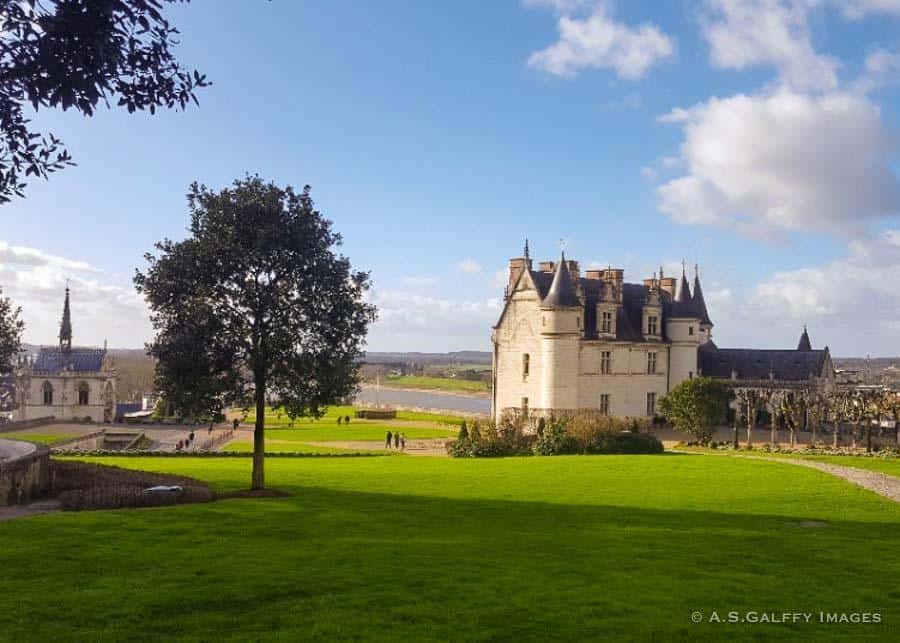
Table of Contents
Château d’Amboise, a Royal Residence
Chateau d’Amboise sits on the foundation of an old Gallic fortress. Its strategic position above the Loire River, offered a solid defense against any attackers. The structure that you see today suffered many expansions and alterations since the Count of Anjou erected it in the 11th century.
Many of the Kings of France were born, lived and died at Château d’Amboise. The castle first became a royal residence in the mid 1400s, when Charles VII seized it from Louis d’Amboise who was involved in a plot against the monarchy.
The château soon became a favorite of the French kings who began rebuilding and extending it.
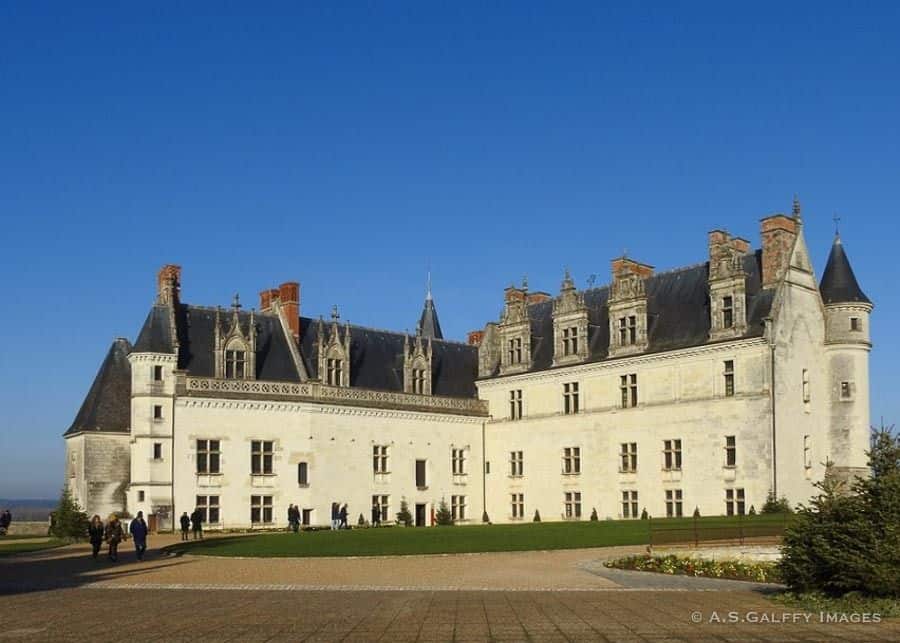
The first great wave of changes came towards the end of the 15th century and the beginning of the 16th. At that time, Charles VIII brought Italian architects, painters and sculptors with him from his Italian campaigns.
He embellished the château’s building the great towers. He also built a wide ramp for horses and carriages and redesigned the castle grounds with French style gardens.
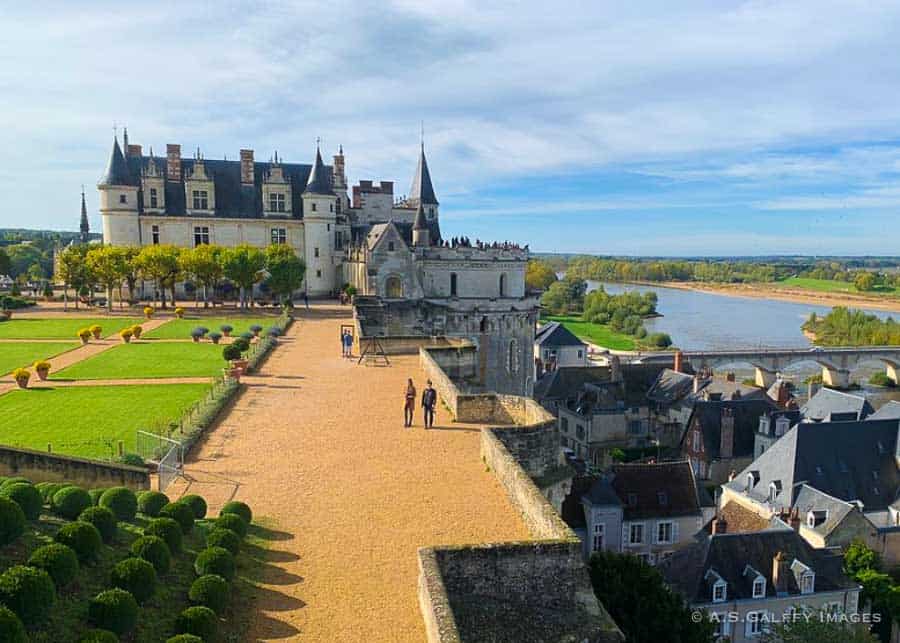
Tragically, it did not occur to him to enlarge the château’s doors as well. As a result, he hit his head on a doorframe and died at age 28, after getting into a coma. His successor, King Louis XII, built a gallery around the terrace and extended the gardens.
Château d’Amboise in its Heyday
Château d’Amboise reached the peak of its glory during the reign of François I, who grew up at Amboise as the ward of King Louis XII. François I was a great fan of Italian art and architecture. Therefore, as soon as he became king he employed several Italian artists from whom he commissioned exquisite paintings to decorate his luxurious interiors.
One of these artists was Leonardo Da Vinci himself, whom he invited to Amboise in December 1515.
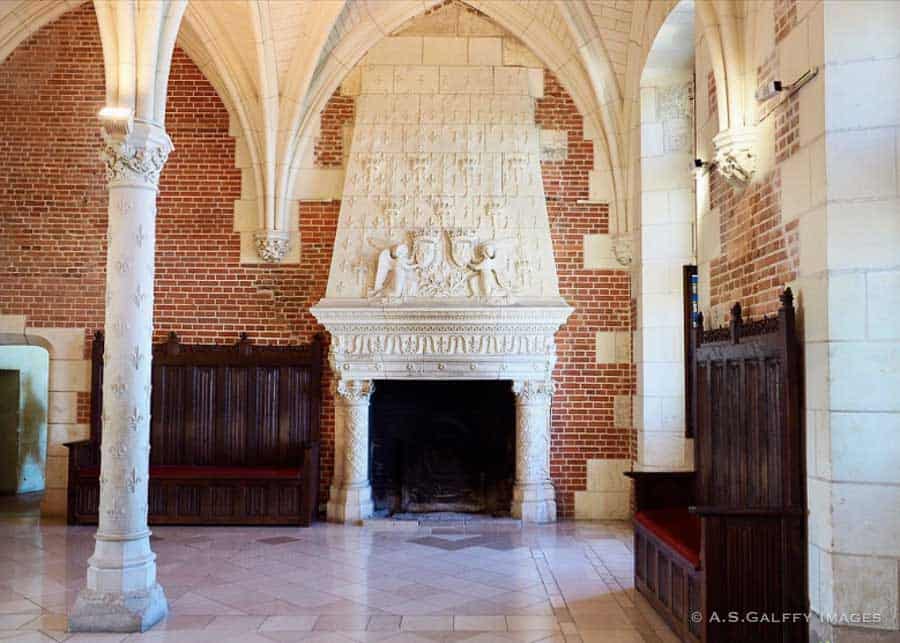
The royal castle was a major source of inspiration for Leonardo da Vinci, who resided in the nearby Château Clos Lucé. Clos Lucé was a manor house located only 500 m away from Château d’Amboise.
The king so admired Da Vinci’s art and wisdom, that he ordered an underground tunnel built between his castle and Clos Lucé for his secret visits. Da Vinci spent only three years at Clos Lucé before he passed away.
Leonardo Da Vinci’s Tomb at Château d’Amboise
Da Vinci’s desire was to be buried at Château d’Amboise. Therefore, his first burial place was in a small chapel on the other side of the castle. Later on, when that chapel was demolished, Da Vinci’s remains were moved to St. Hubert Chapel, which is also on the castle grounds.
The little Chapel of Saint Hubert is one of the gems at Château d’Amboise. Its delicate and refined silhouette with bas-reliefs is a fine example of Gothic architecture.
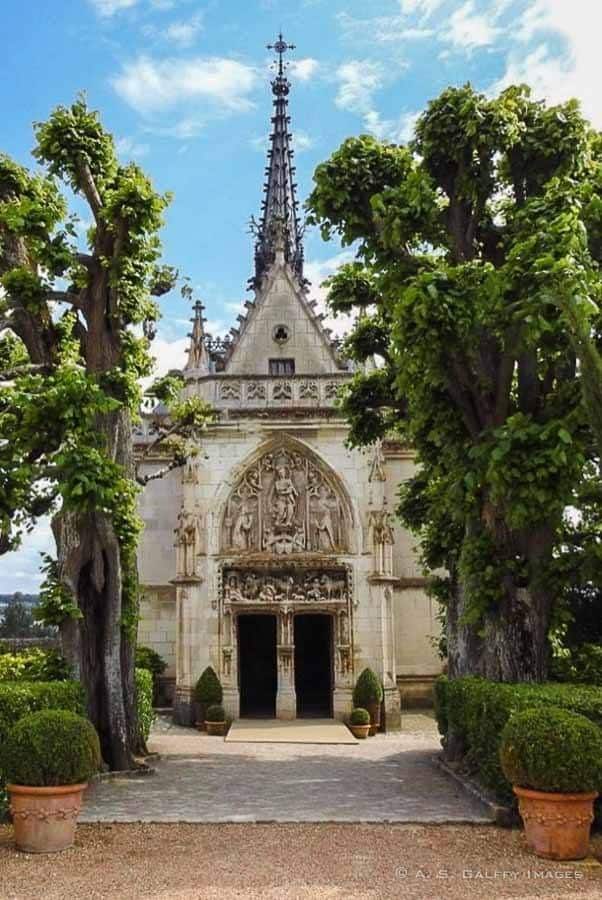
The chapel sits high up on a cliff, on the southwestern side of the castle wall. Its commending location makes it visible from all corners of the garden, the terrace and from the town below. Although it’s practically part of the castle wall, the chapel has very distinctive structure.
The Dark Days of Château d’Amboise – the Amboise Conspiracy
The darkest moment in the history of Château d’Amboise was undoubtedly the Conspiracy of Amboise, an unhappy event that took place during the Wars of Religion. The Conspiracy of Amboise was an unsuccessful attempt to overthrow the Guise brothers, who were violent suppressors of Protestantism.
A group of about 1,200 protestants, all members of the Huguenot nobility, besieged Amboise, trying to kidnap the King and arrest the Guise brothers. But the plot was poorly organized and failed.
The bloody massacre that followed went down in history. The conspirators and their troops have been disemboweled, decapitated or hanged from the castle walls.
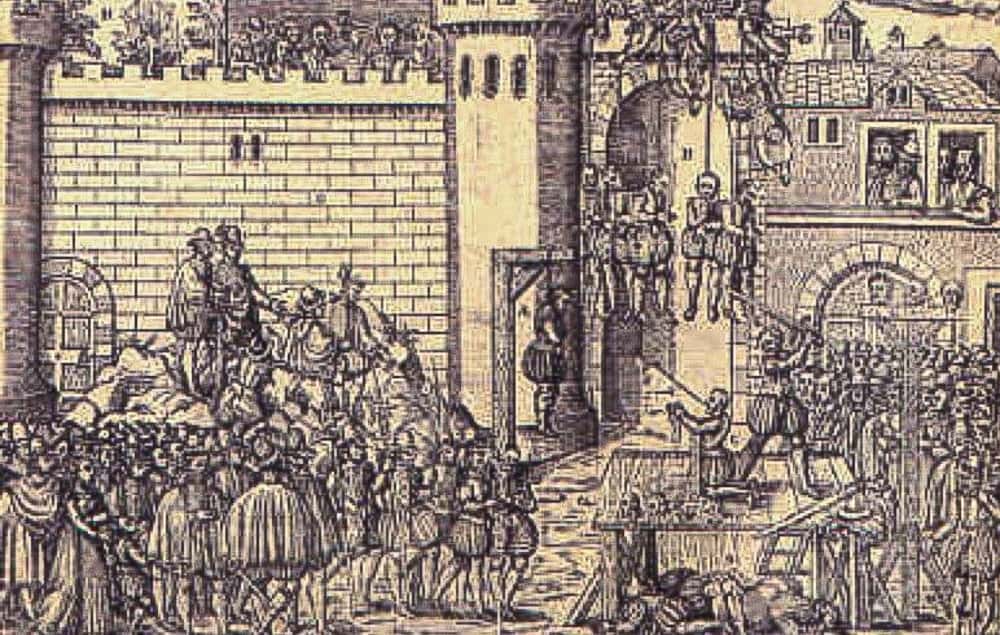
It’s hard to imagine what a terrible site the castle must have been during that time.
From the 17th century onward Château d’Amboise served as a prison. In time, the castle began falling into disrepair. After the French Revolution in 1799, the castle was partially demolished.
In the 19th century, King Louis-Philippe declared Château d’Amboise a historic monument and attempted to restore it. Unfortunately, the king’s abdication in 1848 put a halt to the works.
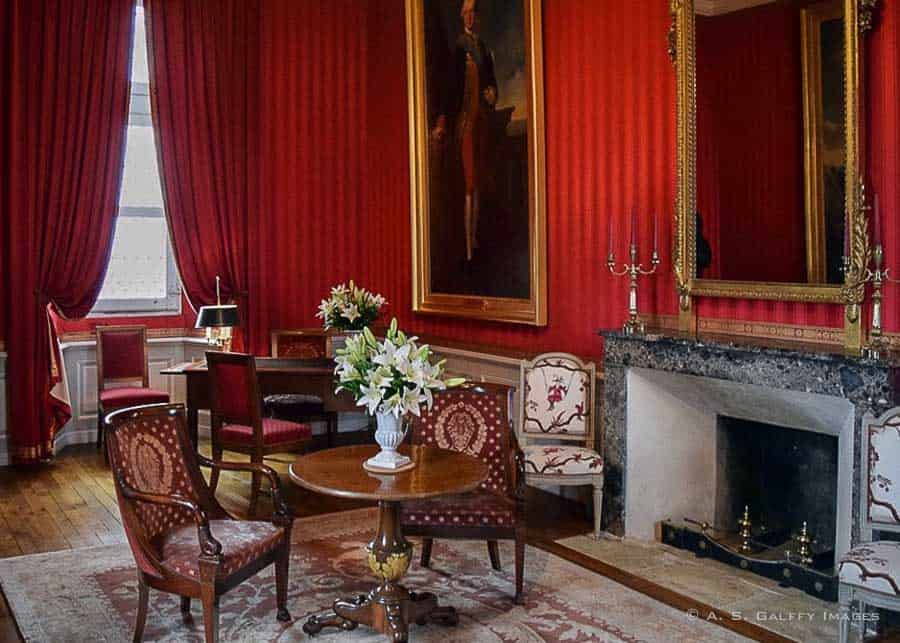
Château d’Ambroise Today
In its days of glory, Château d’Amboise was about five times bigger than what you see today. When you tour this majestic fortress, it’s hard to imagine how it must have looked back then. But even though it’s not as big as it once was, the structure is still very impressive.
The castle has a wonderful collection of renaissance furniture and tapestries and also a beautifully maintained garden.
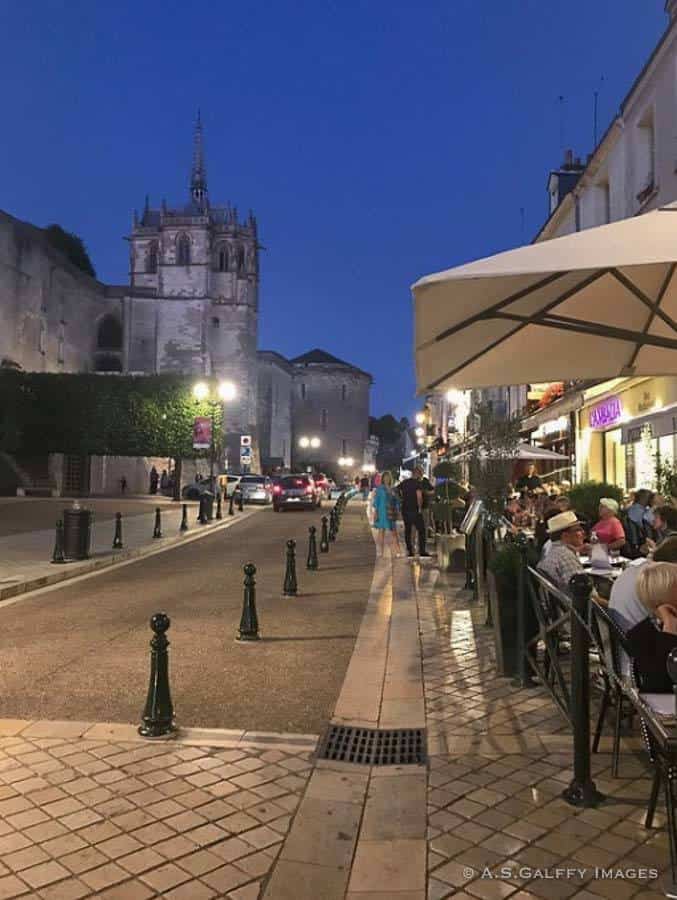
Château d’Amboise is being administered and maintained by one of the descendants of King Louis-Philippe, through the Foundation Saint-Louis.
Practical Information for Visiting the Castle
Château d’Amboise is located in the town of Amboise. The castle is visible from across the river, as you are approaching the town.
Admission prices: Adults: €13.10; Students: €11.30; Children: €9.00 (children under 6 enter free)
Opening hours: June – August 10:00 a.m to 6:30 p.m. (reduced hours during the other months)

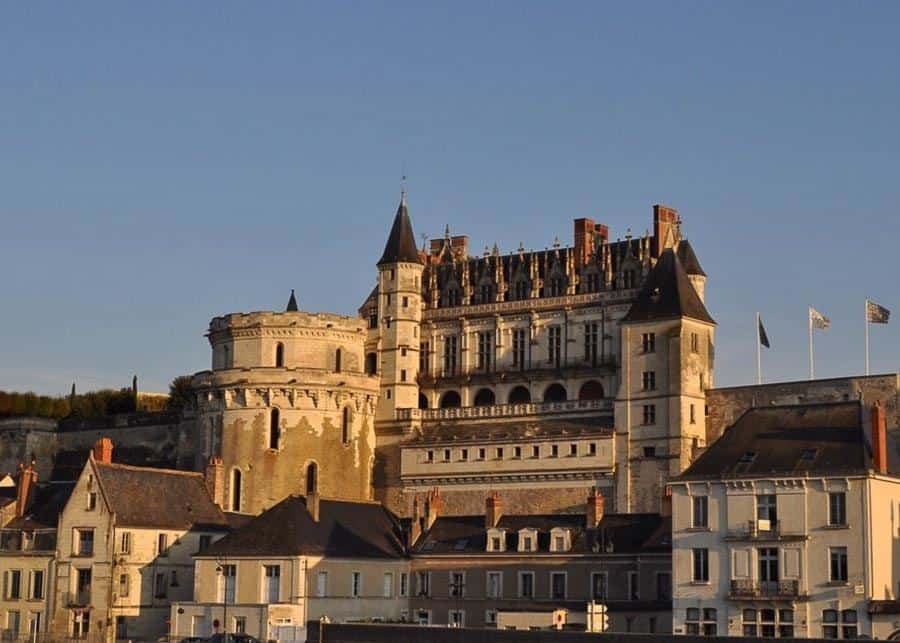
 Château de Chaumont – a Castle Entangled in Intrigue and Rivalry
Château de Chaumont – a Castle Entangled in Intrigue and Rivalry


Pamela Shields
Great Site. Great piece on Chateau Amboise. Readers may be interested in my latest book Out of The Shadows: The Ladies of Chateau Amboise. Much has been written about the men who lived there hardly abything about the women. I thought I would redress the balance.
Anda
I’m sure Out of the Shadows must be an interesting book.
Jane Dempster-Smith
Thank you for the article. I have always wanted to visit Chateau d’Amboise. I enjoyed the history that you have explained so clearly. I did not know that Charles VIII died the way he did. How unfortunate.
Anda Galffy
Château d’Ambroise was unfortunately the scene of too much cruelty throughout the history.
Agness of Fit Travelling
I love historic places, Anda! This place abounds in history and beauty!
Liz
Lovely, lovely pictures! And I’m always up for a history lesson, especially of such a beautiful place. 🙂
Rhonda Albom
Beautiful castle with an interesting history – and a sorted past.
Cat | For Two, Please
Thanks for sharing another beautiful castle in France! It makes me wanna go there right now 😀
annette charlton
I live in Australia where our history is a short one compared to Europe and the United Kingdom so I am always amazed at the sheer number of chateaux and palaces and their historical contents. I could spend the rest of my life touring them! Thanks for your great post… Annette
Elaine J Masters
We look at historic chateaus and sense all the refinement and nobility. I appreciate your notes about the less polite power plays. What a horrific massacre! It was a brutal time to live.
Ruth - Tanama Tales
The thing I like about these chateaux is that each one is very unique. Like you mentioned, one is very different from the other. It feels like you need to see them all and that feels exciting. Do you know if they were designed and consturcted around the same time? Looks like the families and architects were in some sort of competition (to construct the biggest, most beautiful, etc.).
Clare (Suitcases and Sandcastles)
A fascinating tour of a very interesting château. It’s one I’d love to visit!
Mary {The World Is A Book}
Love, love European castles and your series! This is an absolute beauty! Would love to visit the Loire Valley one of these days. Yours posts were inspiring! The conspiracy and history are so interesting! Looking at the details and architecture here, one would never suspect such a dark past.
Lyn@thetravellinglindfields
I am so enjoying your series on the Loire Valley Chateaux. Although we have seen many of them ‘in the flesh’ it is a great trip down memory lane to look at your photos each week.
Anda Galffy
Thank you, Lyn. I’m glad you enjoy my series on the Loire Valley Chateaux.
Michelle | michwanderlust
I just love wandering through old castles like this! It’s easy to forget you’re in the 21st century. Wow, falling into a coma due to hitting one’s head on the doorway has got to be one of the most unfortunate accidents ever. The Amboise conspiracy is a tragic reminder of how good humans are at killing and generally maltreating each other. I’m not sure that those tendencies have lessened to any extent today. On a lighter note, I can see how the secret Da Vinci tunnel would give rise to juicy rumours! I’d love to know why visits needed to be kept secret.
Anda Galffy
Ha,ha,ha, I thought about the same thing, Michelle. I don’t know why they have to kept secret.
Lydia C. Lee
That is stunning! They really knew how to build back then. Magnificent!
Laz
Beauty, fun and lots of history: a place not to be missed!
Ahila
Enjoyed the tour around Château d’Amboise and its turning points in history, especially the quirks such as the shorter door frames and unfortunate death of Charles VIII and the tunnel built between the château and Clos Lucé, for da Vinci’s secret visits.
Anda Galffy
Thanks for your comment, Ahila. History is fun, isn’t it?
Suze - Luxury Columnist
I never knew that the King died after hitting his head on one of the doors, very unlucky. I love Amboise and Le Clos Luce, I used to live nearby in Tours
Anda Galffy
You told me that, Suze. Lucky you. I love France.